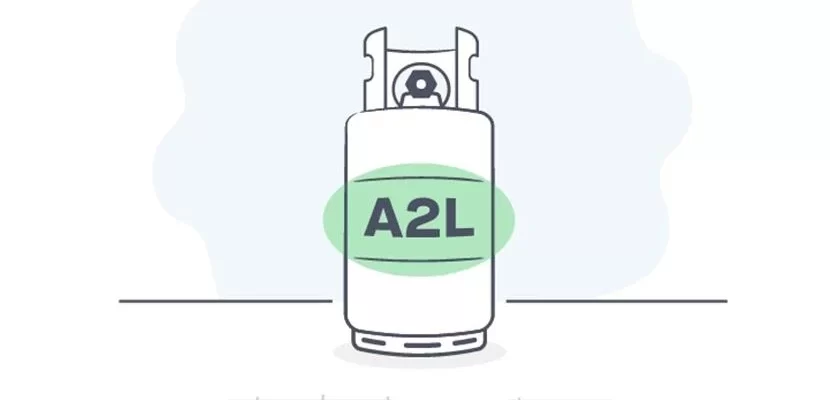Navigating the regulatory landscape for A2L refrigerants requires a nuanced understanding of global agreements and local regulations. A2Ls, heralded for their lower environmental impact compared to their predecessors, are subject to stringent guidelines aimed at mitigating climate change and ozone depletion.
According to the Montreal Protocol, an international treaty established to phase out ozone-depleting substances (ODS), the transition towards environmentally friendly alternatives has become paramount. This treaty, hailed as one of the most successful environmental agreements, sets the stage for regulating A2L refrigerants on a global scale. Understanding the intricacies of these regulations is essential for stakeholders in the refrigeration and air conditioning industry to ensure compliance and sustainable practices.
What are the requirements for A2L refrigerant?
A2L refrigerants, classified as mildly flammable, have specific safety requirements. These include adherence to regulations for handling, storage, and transportation, along with compatibility with appropriate equipment and materials.
International regulations
At the forefront of international efforts to regulate refrigerants is the Kigali Amendment to the Montreal Protocol. While not directly mentioning A2Ls, the Kigali Amendment aims to phase down the production and consumption of hydrofluorocarbons (HFCs), the most common type of refrigerants used today. HFCs have high GWPs and contribute significantly to global warming. The Kigali Amendment sets targets for the reduction of HFCs among participating countries, promoting the transition to alternatives with lower GWPs, including A2L refrigerants.
Another international initiative influencing the regulatory landscape for A2Ls is the Paris Agreement. Although primarily focused on mitigating greenhouse gas emissions to combat climate change, the Paris Agreement indirectly impacts the refrigeration industry by emphasizing the importance of transitioning to environmentally sustainable practices. As countries work towards achieving their climate goals under the Paris Agreement, the demand for low-GWP refrigerants is expected to increase.
Regional regulations
In addition to international agreements, regional regulations play a crucial role in shaping the regulatory landscape. For example, the United States Environmental Protection Agency (EPA) has introduced regulations under the Significant New Alternatives Policy (SNAP) program to identify and approve alternative refrigerants that are safer for the environment. While the SNAP program does not explicitly target A2Ls, it provides a framework for evaluating their safety and suitability for various applications.
Similarly, the European Union (EU) has implemented the F-Gas Regulation, which aims to reduce the use of fluorinated gasses, including HFCs. The regulation includes phasedown schedules for HFCs and encourages the adoption of alternative refrigerants with lower GWPs, such as A2Ls. Manufacturers and users of refrigeration and air conditioning equipment in the EU must comply with the F-Gas Regulation requirements, including restrictions on the use of high-GWP refrigerants.
Industry standards and guidelines
In addition to regulatory mandates, industry organizations and standards bodies develop guidelines and best practices for the safe handling, storage, and use of these refrigerants. Organizations such as the American Society of Heating, Refrigerating and Air-Conditioning Engineers (ASHRAE) and the International Electrotechnical Commission (IEC) publish standards related to refrigerant safety and system design. These standards address issues such as flammability, toxicity, and compatibility with equipment, helping stakeholders navigate the complexities of A2L applications.
Safety considerations
One of the primary concerns associated with A2L refrigerants is their flammability. While A2Ls exhibit lower flammability compared to highly flammable alternatives like hydrocarbons (HCs), proper handling and safety precautions are essential to minimize the risk of ignition. Regulatory agencies and industry organizations provide guidance on safe storage, transportation, and use of A2Ls to ensure compliance with safety standards and regulations.
Market trends and adoption
Understanding market trends and adoption rates is essential for stakeholders. As awareness of environmental issues grows and regulatory pressures increase, the demand for A2Ls is expected to rise. Manufacturers, contractors, and end-users should stay informed about market developments, technological advancements, and emerging applications of A2L refrigerants to make informed decisions and capitalize on opportunities in the evolving refrigeration and air conditioning industry.
Map Liink : https://g.page/gustave-a-larson-company-wi?share


